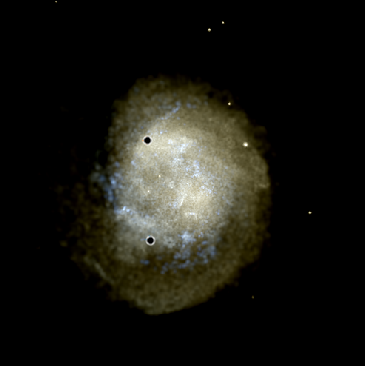
Merger Origins of off-center black holes in dwarfs
Black holes form centrally in dwarf galaxies, but when they
merge with other galaxies all bets are off.
Links: arxiv.1806.00471,
arxiv.2101.09566
Associate Professor of Physics
City University of New York

About Me
My research focuses on the origins of black holes in the early universe, and how
we might use information from the local universe to answer this question. I
use the code ChaNGa to create cosmological hydrodynamical simulations and examine
how massive black holes form and evolve. I am currently tenured faculty at Queensborough
Community College, where I run the Origins of Black Holes program. I am also the Director
of the Masters in Astrophysics program at
the CUNY Graduate Center. In my free time I like to play roller derby and knit.
You can access a somewhat current version of my CV here.
My publications on ADS are here. Some cool new results:

Black holes form centrally in dwarf galaxies, but when they
merge with other galaxies all bets are off.
Links: arxiv.1806.00471,
arxiv.2101.09566
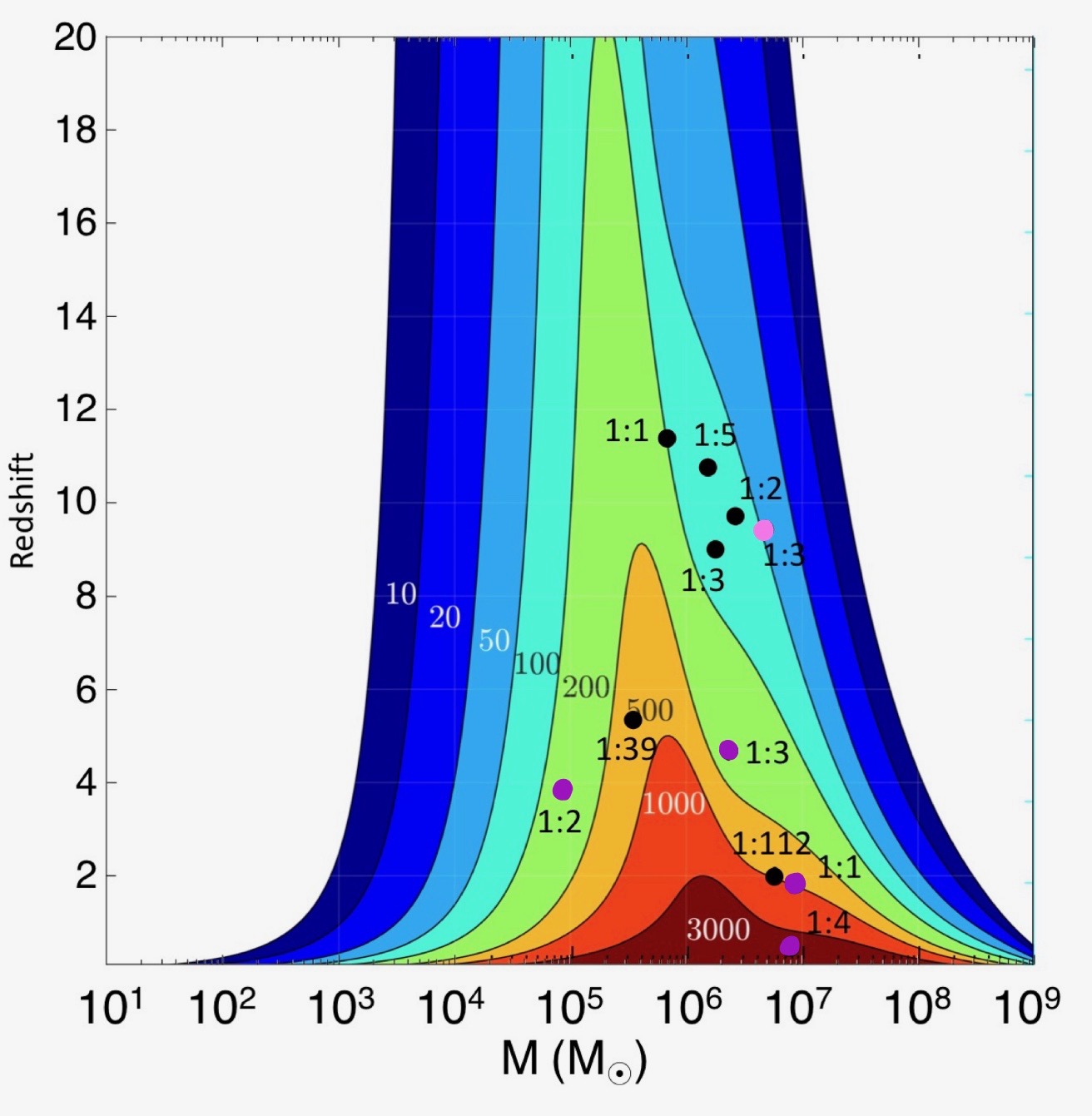
Dwarf galaxies are the most abundanct in the universe, so
could they be a common site for LISA-detectable gravitational
waves from merging black holes? We find that black hole merger
timescales may be short enough that the answer could be YES.
Link: arxiv.2111.15035
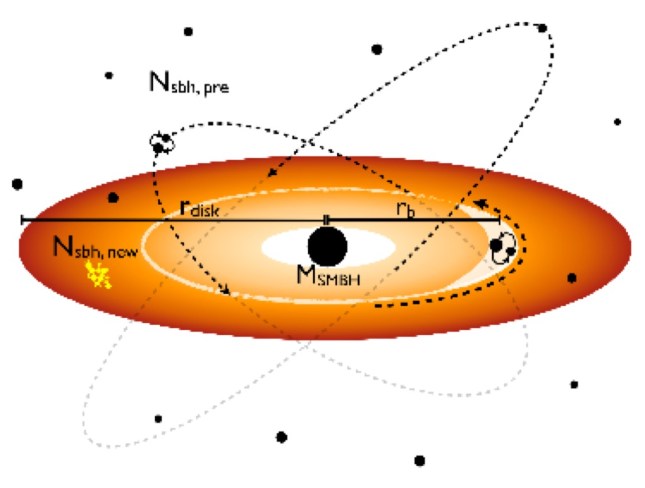
Could AGN disks be an ideal place for stellar black holes to form binaries and merge?
The existence of migration traps could be a superhighway for creating
the black hole mergers measured by LIGO/VIRGO.
Link: arxiv.1511.00005
My teaching philosophy is: I embrace bell hooks' philosophy of "education as the practice of freedom."
My goal is to empower my students to find, value, and use their true voices. I strive to create a classroom
environment that is inclusive of all people, regardless of gender/orientation/race/immigration
status/class/religion/ability/etc.
Some classes I've taught are:
I use a flipped classroom model to help students discover the amazing properties of planets, stars, galaxies, and the universe. Students watch pre-recorded lectures using VoiceThread and make interactive comments. In class we do activities and demonstrations in groups to solidify concepts. This course is Writing Intensive, and students write three essays over the course of the term. In each assignment students have some ownership of their choice of topic. Examples of the assignments are:
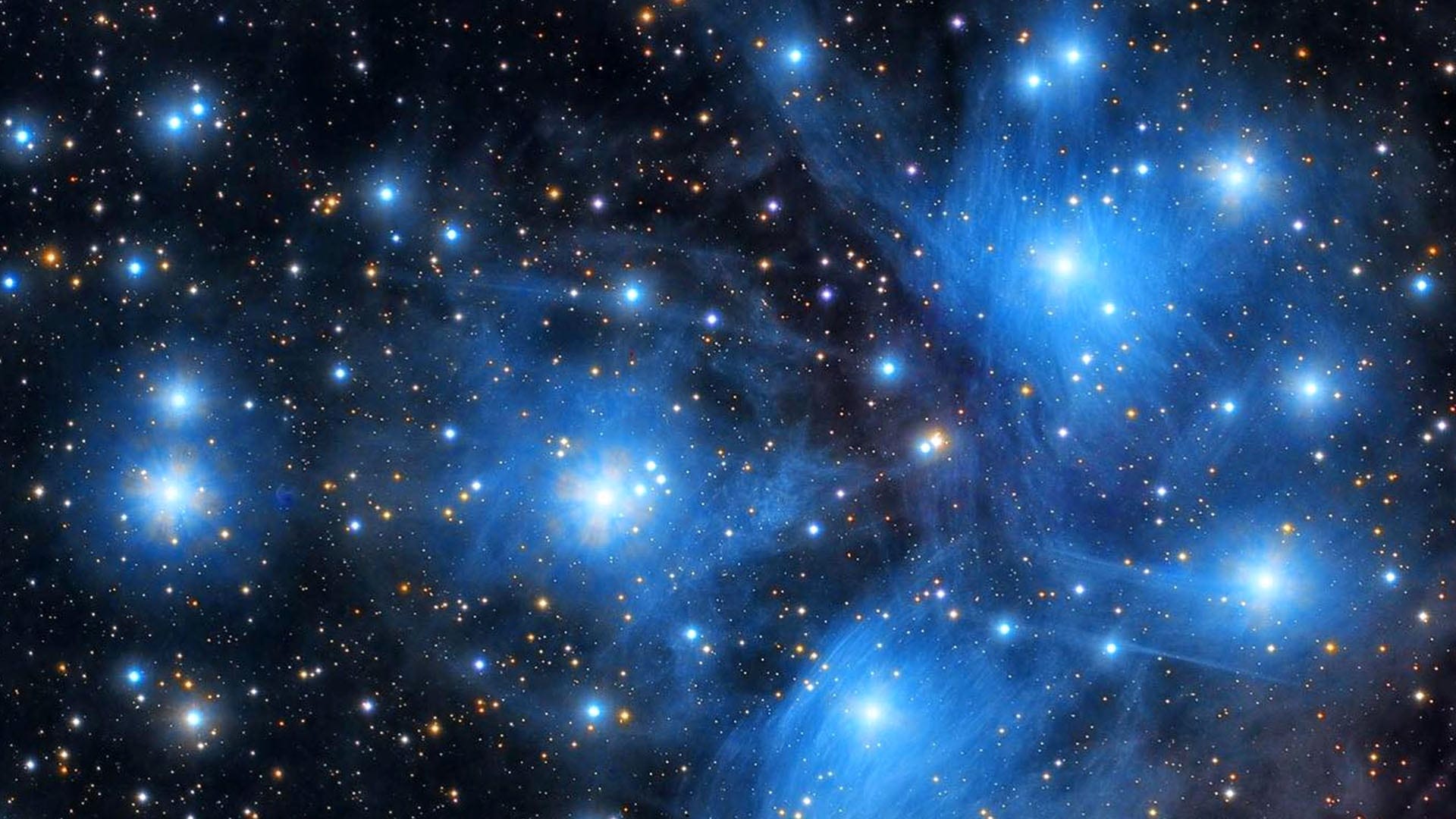
Astronomy Lab involves hands-on activities with astronomical applications.
Link to example syllabus

This course consists of the topics of motion, force, momentum, rotation, and fluids. I use a flipped classroom model, incorporating youtube lectures and in-class problem solving
to help students understand physical concepts. Solving problems in groups helps students explore
concepts, make mistakes in a risk-free environment, defend their processes, and learn from each other.
Link to example syllabus
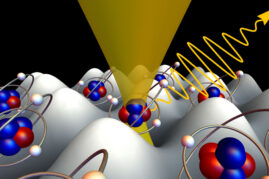
I've had the privelege of being interviewed and featured in many forums, including the following:
There has also been some great press about the new CUNY Masters in Astrophysics Program, which you can read here.
I've given many talks in the New York metro area and beyond, to both scientific and public audiences. Some examples of public talks I've given are:
You can reach me at jbellovary at amnh.org